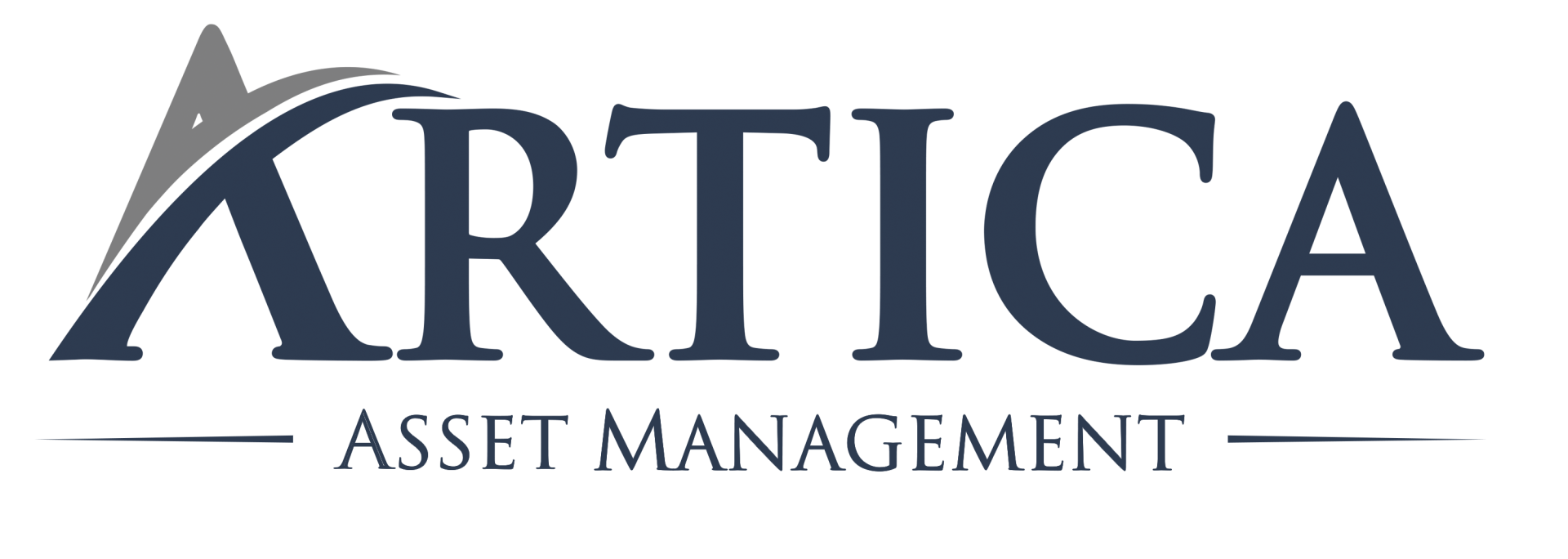Marcopolo is one of the global leaders in the bus body sector. It has 12 manufacturing units in 8 countries, and serves around half of the Brazilian domestic market. Between 1998 and 2013, the company multiplied its shareholders' investment by 80. Between 2014 and 2021, Marcopolo returned only 0.7x of this capital. Could the company have a new era of glory? In addition to being a leader in sales volume, Marcopolo is also able to sell its buses for a price 10-20% higher than its competitors. After conversations with people in the sector, we noticed that the general perception is that the quality of Marcopolo buses is really superior and with greater durability. From 2015, the demand for new bus bodies in the country dropped sharply. A large part of this drop was due to sales above the sustainable level, stimulated by subsidized credit for the purchase of buses (FINAME). In 2015, the supply of FINAME lines for the purchase of buses was reduced from R$20 billion to R$ 6.5 billion. Consequently, the volume of purchases of new buses dropped and remains so until today. This period of low sales led to the aging of the bus fleet. The problem this causes is that, after a certain age, maintaining a bus in good condition becomes more expensive than buying a new financed bus. Currently the fleet is older than it has been in the last 25 years. Thus, soon there should be pressure to buy new buses and renew it. The scenario we saw was that the aging of the fleet, at some point, would force the resumption of demand for new buses to a level that would keep the average age of the fleet in line with its history (around 11 years). The sales volume that we estimate to maintain this balance is around 21,000 new buses per year. POMO4 reached the price level of R$ 5.00 before March 2020. With the circulation restrictions due to covid-19, the flow of bus passengers brutally decreased and the demand for new buses fell. In addition, the pandemic caused problems in the supply of parts necessary for the production of new buses, which also affected Marcopolo's results. In this context, the stock has dropped almost 50% since its high and is now (Sep/22) close to R$ 2.60. Despite the problems caused by the pandemic, bus demand has already shown signs of substantial improvement. Factories today are more constrained by parts supply than demand, but the supply chain is normalizing. It's just a matter of time before it ceases to be a bottleneck for sales. We believe that Marcopolo will remain at the forefront of the bus body manufacturing sector. The company is well-positioned to reap the benefits of a market recovery and the return potential in this scenario is quite relevant.

